 Our concluding excerpt on the history of the famous London Scottish Regiment and their Pipe & Drums taken from the January 1938 edition of ‘Piping & Dancing’ journal and from the Regiment’s website …..
Our concluding excerpt on the history of the famous London Scottish Regiment and their Pipe & Drums taken from the January 1938 edition of ‘Piping & Dancing’ journal and from the Regiment’s website …..
‘The Highland Armed Association of London and The Loyal North Britons had been raised in 1793 and 1803 as part of the country’s Volunteer Forces ready to repel Napoleon’s threatened invasion of England. These formations were later disbanded and it was not until after the Crimean War that the country’s security seemed again to be in danger.
So, in 1859, sponsored by The Highland Society of London and The Caledonian Society of London, a group of individual Scots raised The London Scottish Rifle Volunteers under the command of Lt. Col. Lord Elcho, later The Earl of Wemyss and March. He decided to clothe the Regiment in ‘hodden grey’, the homespun cloth known throughout Scotland [and mentioned in Burns’ ‘A Man’s a Man for A’ That].

This avoided all interclan feeling on the subject of tartan and, as Lord Elcho said ‘A soldier is a man hunter. As a deer stalker chooses the least visible of colours, so ought a soldier to be clad’. The only regiments wearing Hodden Grey are The London Scottish and The Toronto Scottish. The first Honorary Colonel of the Regiment was Field Marshal Lord Clyde (Sir Colin Campbell). Lord Elcho commanded the Regiment for 19 years and then became Honorary Colonel from 1878 to 1900. [His wife, Lady Elcho, is mentioned in our first excerpt presenting sets of pipes to the Pipes & Drums.]
To continue the record of Pipe Majors [from our first excerpt], there followed A. Reith (1888), Robert Reith (1902), both from Aberdeen. Robert was also a good dancer, and he continued as P/M during the remaining years of the London Scottish Volunteers. In 1908 the regiment became a Territorial unit but still retained the ‘nom de guerre’, The London Scottish.
Robert Robertson (Perth) then became Pipe Major, also a good dancer, had very long service as P/M and eventually retired in 1924 when he was succeeded by D Smith, late P/M of the 3rd Scots Guards, who was then a member of the London Scottish Pipe Band. Then followed D K Pullar. In Dundee, Pullar had been one of the pipers of the Dundee Highlanders (5th Black Watch) under Pipe Major John Stewart, who was well known to pipers as a player and composer of pipe tunes. Great pipers the Stewarts! In the London Scottish we had Jas. Stewart, of Blair Atholl, a grand player, the youngest of a great piping family.
After many years of longing to attend the Cowal Games, in 1927 the wish was gratified, and in 1928 the London Scottish Pipers and Drummers won the two most coveted prizes for the Territorial Army: first for march, strathspey and reel and first for drumming. On that memorable occasion, Pipe Major Pullar and Drum Major ‘Morrie’ Mills were the leaders. Mills had the unusual qualification of being a piper as well as a leading drummer. Pullar was succeeded by Pipe Major Thos. K Marshall, M.V.O., late of the Camerons. During the Great War promotion to the rank of Pipe Major was naturally rapid as the three battalions were scattered and changes were frequent.
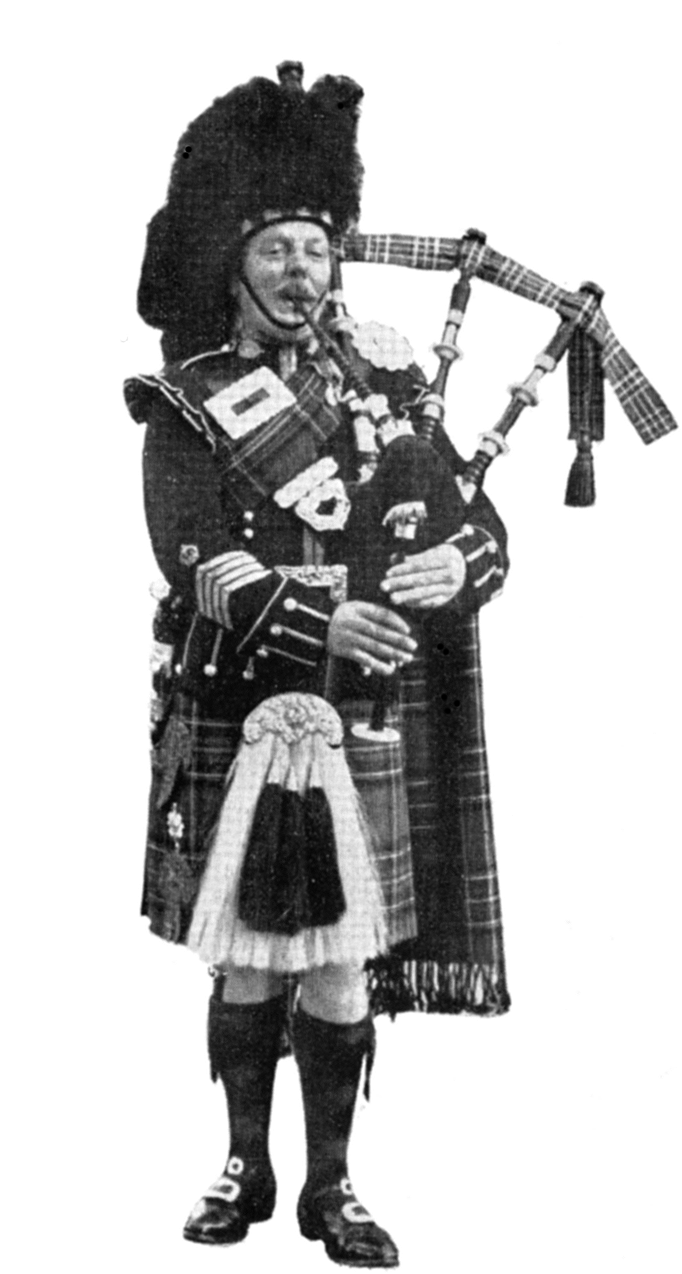
Kenneth Greig, Chas. Adam, Chas. Mills, MacGillivray, Pullar, are a few names, but doubtless there are others who joined the London Scottish. All the pipers and drummers join as amateurs and all are combatants and this leads me to mention the Great War in which the pipers and drummers had various duties: observers to companies, stretcher-bearers, ammunition carriers etc., as well as acting as a band or individually. Many regiments besides our own were cheered by the sound of the pipes at times when they sadly needed cheering. ln ‘Pipes of War’, the names of pipers of the London Scottish who made the supreme sacrifice are recorded. They are ten in number and their names are inscribed on the regimental roll of honour.
The regiment has been most fortunate in having been closely associated with the Scots Guards throughout its formation, and from the Guards we have had some of the best instructors in the world. In the early days, Sgt. Major Purcell, who not only taught drill and physical exercises, but included instruction in the bugle and drumming, as also did J Morrison, and as pipe-instructors Pipe Major Robt. Mackenzie, John Mackenzie, J Gillies, W Ross, A Ross, and at the present time Jas. Robertson, and Drum Majors Adair and Saunders.
Thursday evening is set apart in Regimental Orders almost every week for dancing, piping and drumming practices. The regiment is fortunate in its spacious hall, with its galleries from which spectators see all that goes on on the hall floor. Interested friends are most welcome, and on special occasions throughout the year lady friends are welcomed to join in Scottish dances and to help the revival of these dances, now so popular once again in Scotland.
Highland dancing is taught by experts and great proficiency is attained by many so that the annual competitions are keenly contested by individuals and companies. It has been mentioned that all members of the band – pipers and drummers – are amateurs and it will be of interest to some readers to know that all commissioned officers in the London Scottish are appointed from the ranks. The regiment and the pipers and drummers especially, are proud of the fact that two of its recent colonels were pipers in the regiment before receiving their commissions as ‘colonel.’
Col. D Lyall Grant MC, TD, was a keen piper and dancer and was on several occasion first prize-winner in the dancing competitions. Col. LD Henderson MC, TD, who has recently retired, was also a piper up to the time of the Great War and a great favourite with all the band. In Col. L Duncan Bennett MC, TD, who has recently taken over command of the battalion, and as major was band president for a number of years, the pipers and drummers know from experience that the Regiment has a Colonel who will be very watchful of their interests and efficiency. The London Scottish has good reason to be proud, as I am sure it is, of all that the pipe band has done and is doing to keep up the national character of the regiment.’
• For more on this proud regiment and its distinguished service in time of war and peace, go to their website here.

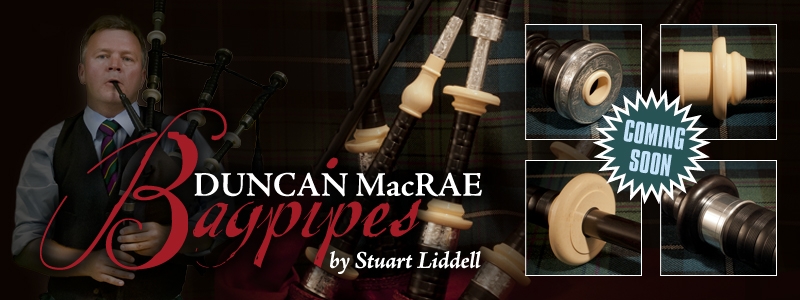
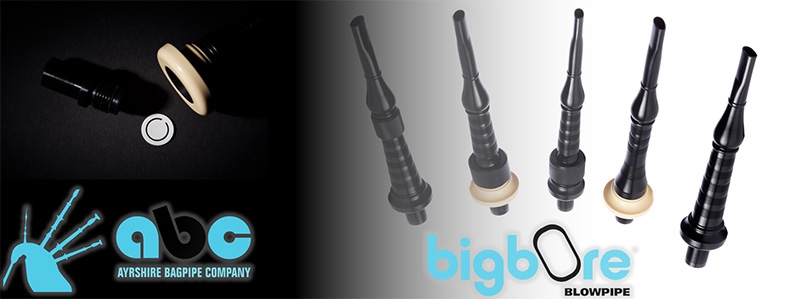
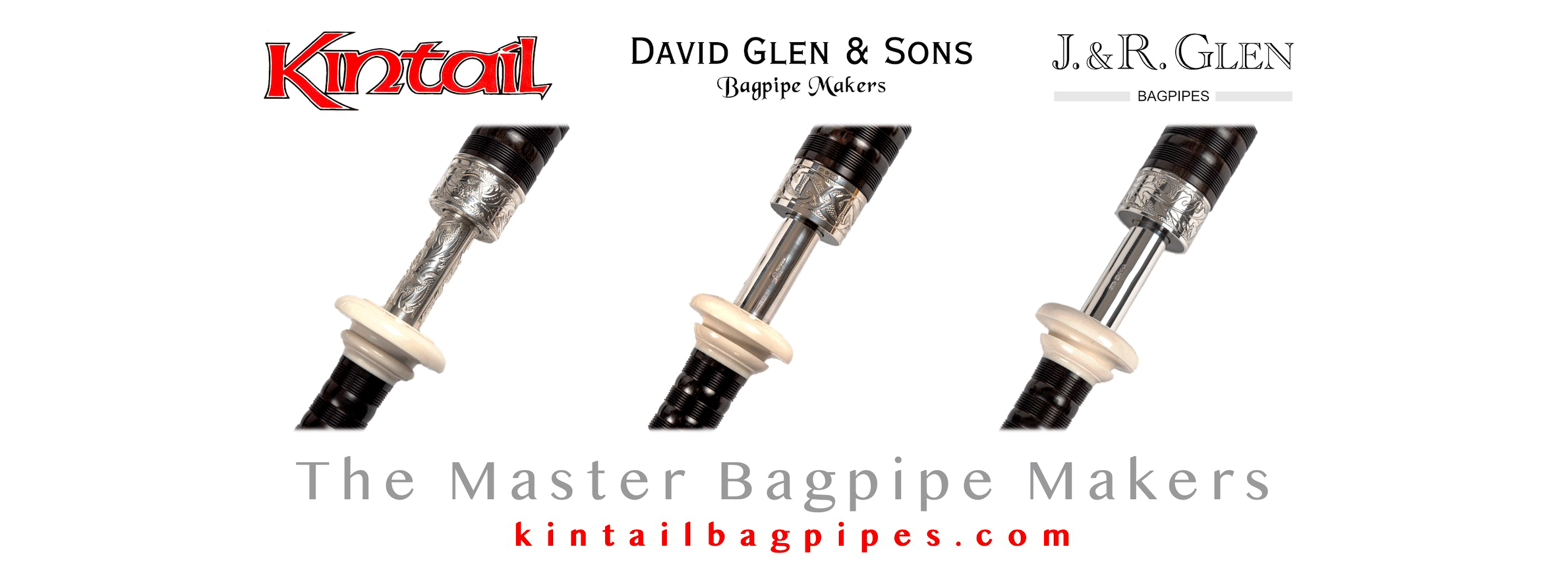







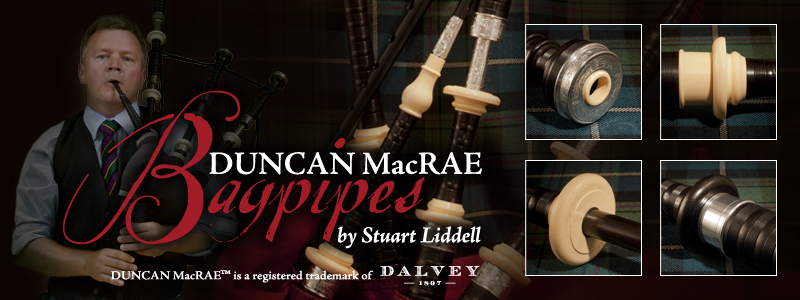

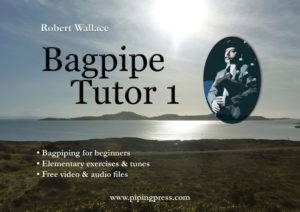
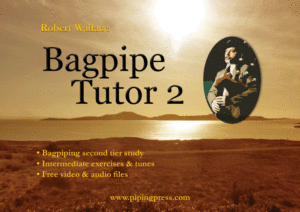
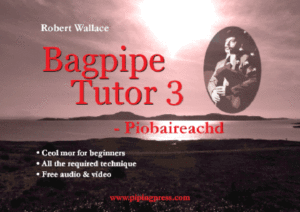
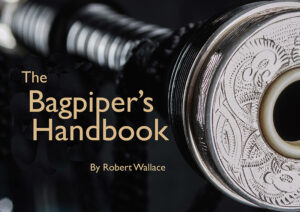



Recent Comments